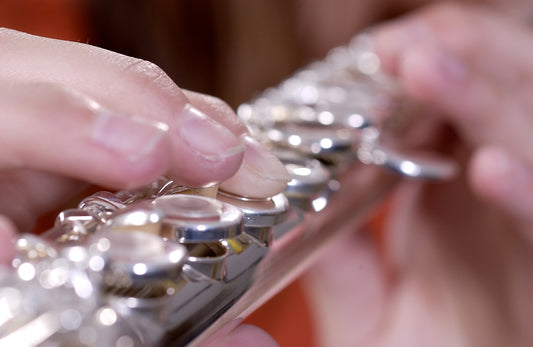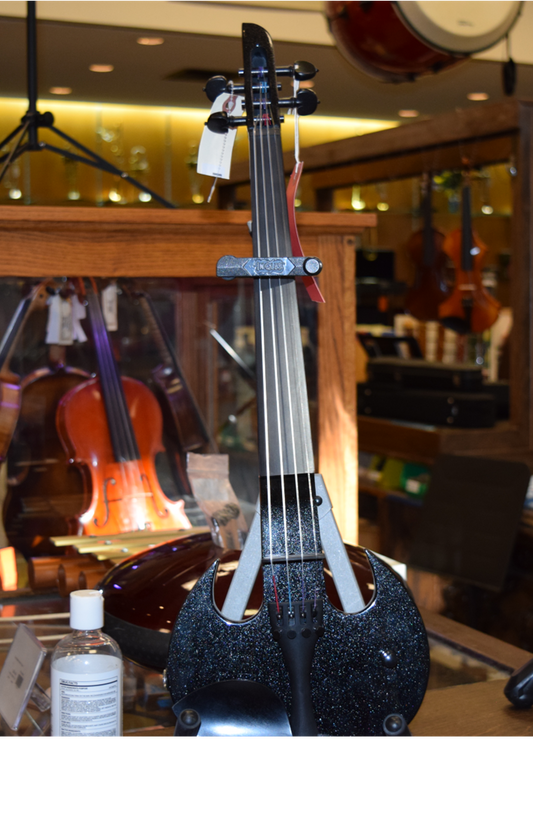Music Music Music

Flute Fun Class So Popular - Adding Wednesday S...
ONLY TWO SPOTS LEFT FOR THIS WEDNESDAY! Flute Fun - A VIRTUAL GROUP We are offering a free first session to our Flute Fun Virtual Group.
Flute Fun Class So Popular - Adding Wednesday S...
ONLY TWO SPOTS LEFT FOR THIS WEDNESDAY! Flute Fun - A VIRTUAL GROUP We are offering a free first session to our Flute Fun Virtual Group.

Teacher Feature - Dan Nusz - Percussion Play Gr...
Get a free drum session on Tuesday or Thursday! We have a Percussion Group meeting on Tuesdays from 5:15-6:00 and Thursdays 5:00-5:45. This is a fun and friendly time to...
Teacher Feature - Dan Nusz - Percussion Play Gr...
Get a free drum session on Tuesday or Thursday! We have a Percussion Group meeting on Tuesdays from 5:15-6:00 and Thursdays 5:00-5:45. This is a fun and friendly time to...

HUGE RED TAG SALE - HUNDREDS OF UNIQUE ITEMS!!
HUGE DISCOUNTS Unique Items Ready for you!
HUGE RED TAG SALE - HUNDREDS OF UNIQUE ITEMS!!
HUGE DISCOUNTS Unique Items Ready for you!

Virtual Group Feature - Clarinet / Sax Class wi...
THIS TUESDAY DECEMBER 1ST - ONLY TWO SPOTS LEFT - FREE FIRST SESSION - with outstanding woodwind teacher - MARK HARRIS GOLDEN MUSIC GROUPS We now have a virtual group clarinet/sax...
Virtual Group Feature - Clarinet / Sax Class wi...
THIS TUESDAY DECEMBER 1ST - ONLY TWO SPOTS LEFT - FREE FIRST SESSION - with outstanding woodwind teacher - MARK HARRIS GOLDEN MUSIC GROUPS We now have a virtual group clarinet/sax...

PRICES SLASHED ON ELECTRIC VIOLINS!!
Golden Music carries numerous electric violins. We decided to reduce the prices on our Mark Wood Stingray, NS Designs and Yamaha models. https://youtu.be/kB_XHRol0rw
PRICES SLASHED ON ELECTRIC VIOLINS!!
Golden Music carries numerous electric violins. We decided to reduce the prices on our Mark Wood Stingray, NS Designs and Yamaha models. https://youtu.be/kB_XHRol0rw
Benefits of Virtual Group Music Lessons
Technical Music Skills Learning music theory can sometimes be challenging and boring, but learning music theory in a group gives the teacher opportunities to teach theory in fun and...
Benefits of Virtual Group Music Lessons
Technical Music Skills Learning music theory can sometimes be challenging and boring, but learning music theory in a group gives the teacher opportunities to teach theory in fun and...
